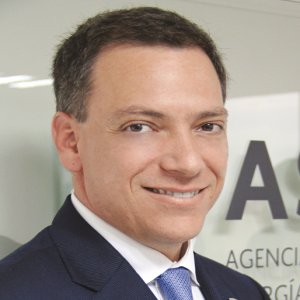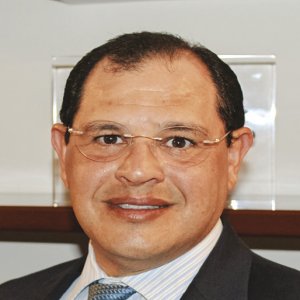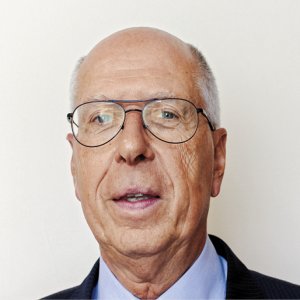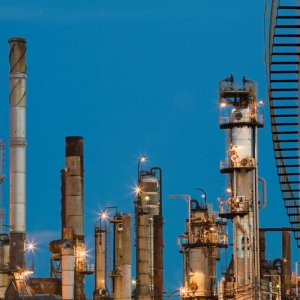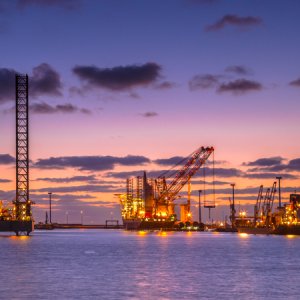Taxes Weigh Heavy on Operator

STORY INLINE POST
Q: Why did the company encounter so many operational and financial stumbling blocks in 2016?
A: The majority of the financial issues were driven by the decision taken by SAT to change its position with respect to our advanced tax ruling. We sell a large portion of our silver production to Wheaton Precious Metals at a fixed price of approximately US$4.20 and we reached a deal with the previous federal government for an advanced tax ruling with respect to this arrangement. Unfortunately, the current administration is trying to retroactively change this agreement, so we are in ongoing discussions with the Mexican tax authorities. Coupled with the fact that we are currently owed US$42 million in VAT and income taxes receivable, the issue has weighed down our balance sheet during the past year.
On the operational side, we carried out a significant amount of expansion at the San Dimas mine over the past six years. In 2016 we planned expansion to 3,000t/d, and we calculated that we would make a return on that investment within two years. This was very attractive to us and we went full steam ahead with the construction, but in hindsight we did not build out our infrastructure surrounding the mine sufficiently to cope with the extra strain. When we got behind on the infrastructure, the problems began to mount from an operational point of view. On the plus side, we have learned from this experience and will not be making the same mistake again.
Q: How are you rethinking your strategy at San Dimas following events in 2016?
A: We are going to downsize the operation significantly, reducing the number of veins we are mining from around 30 to just five or six core targets, and daily production will decline to below 2,500t/d. We will also be changing the mining method, which will lead to a far more efficient operation. Unfortunately, this will require fewer workers. We currently have a workforce that is much larger than we require and this provided the catalyst for the strike at the mine in February 2017. The two main issues are the size of the workforce and the bonus structure. We will need to cut the workforce by around 25 percent. It is an uncomfortable position but unfortunately this is the reality that we face. I am not happy to let go of so many workers but these adjustments are necessary to stay financially viable and to secure the long-term future of the project and the company, so we are prepared to accept a lengthy shutdown of operations if necessary to reach our objective.
Q: Despite the issues, San Dimas is still a high-quality deposit. What is the long-term vision for the mine?
A: The mine has been operating for over 200 years and the mineral potential on the property is still very strong. Due to the issues we experienced in 2016, we were unable to do much exploration or drilling work on site but in the past we have replenished our reserves on a yearly basis, so it has a great track record and anyone that visits the property from a technical or geological point of view leaves with a very positive impression. We are confident and once we have settled into the new mine plan, we will begin exploring the property again and hopefully we can make new discoveries and increase our workforce. However, in the short term our focus is on streamlining the operation to maximize the potential of our core mineral targets that drive the most profitability.
Q: What will be your main objectives as interim CEO and where will Mexico fit into your overall strategy?
A: Mexico is a critical jurisdiction for us and will continue to be. San Dimas is the company’s flagship asset, so we need to make that mine profitable for us again as soon as possible. In the past, the company has been focused on growth but now we will be focused on profitability and consolidation of our assets. At the start of 2017 we secured a binding term sheet for a US$75 million loan. This was an important development that will ensure the future of the company for the next three years or so while we work back toward profitability. The majority of the proceeds from the loan will go toward repaying our revolving credit facility

